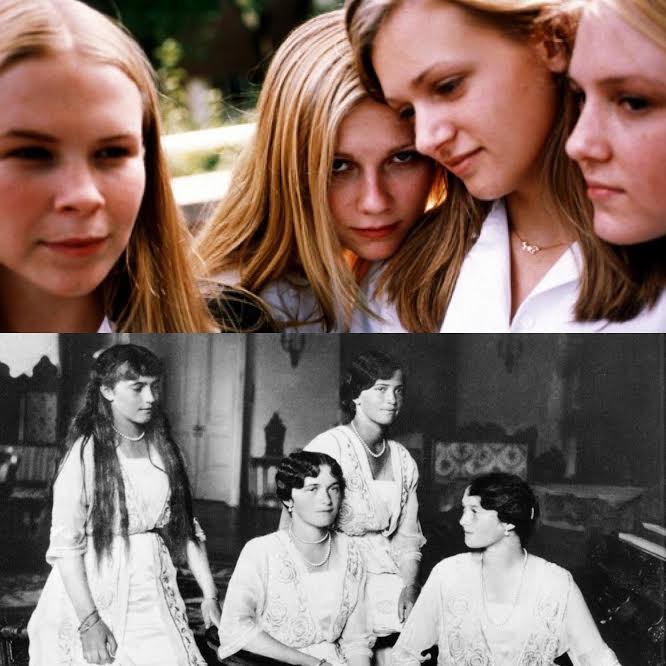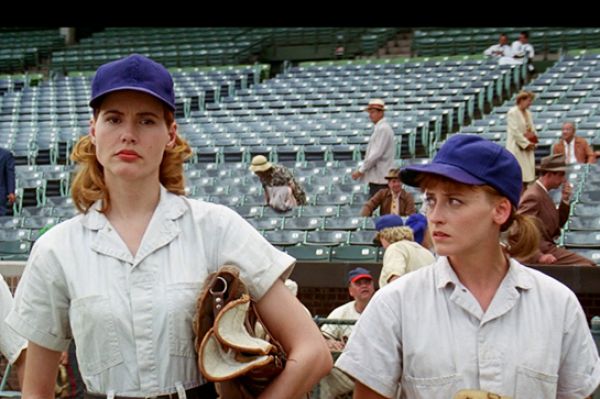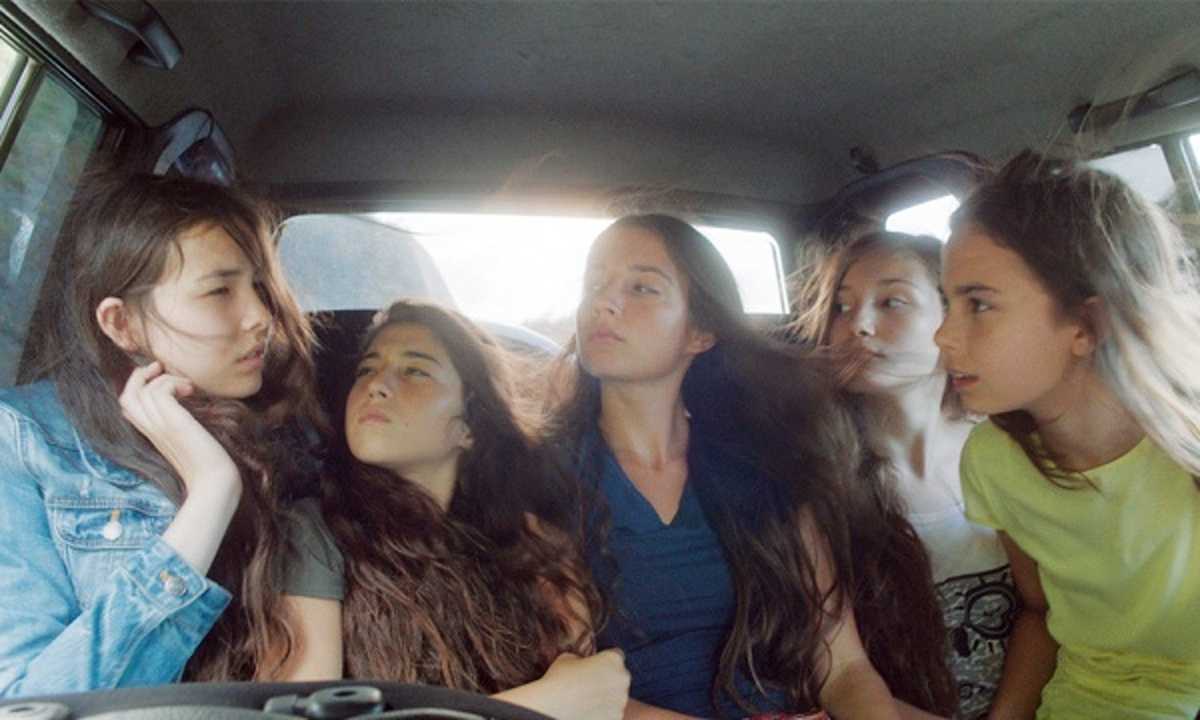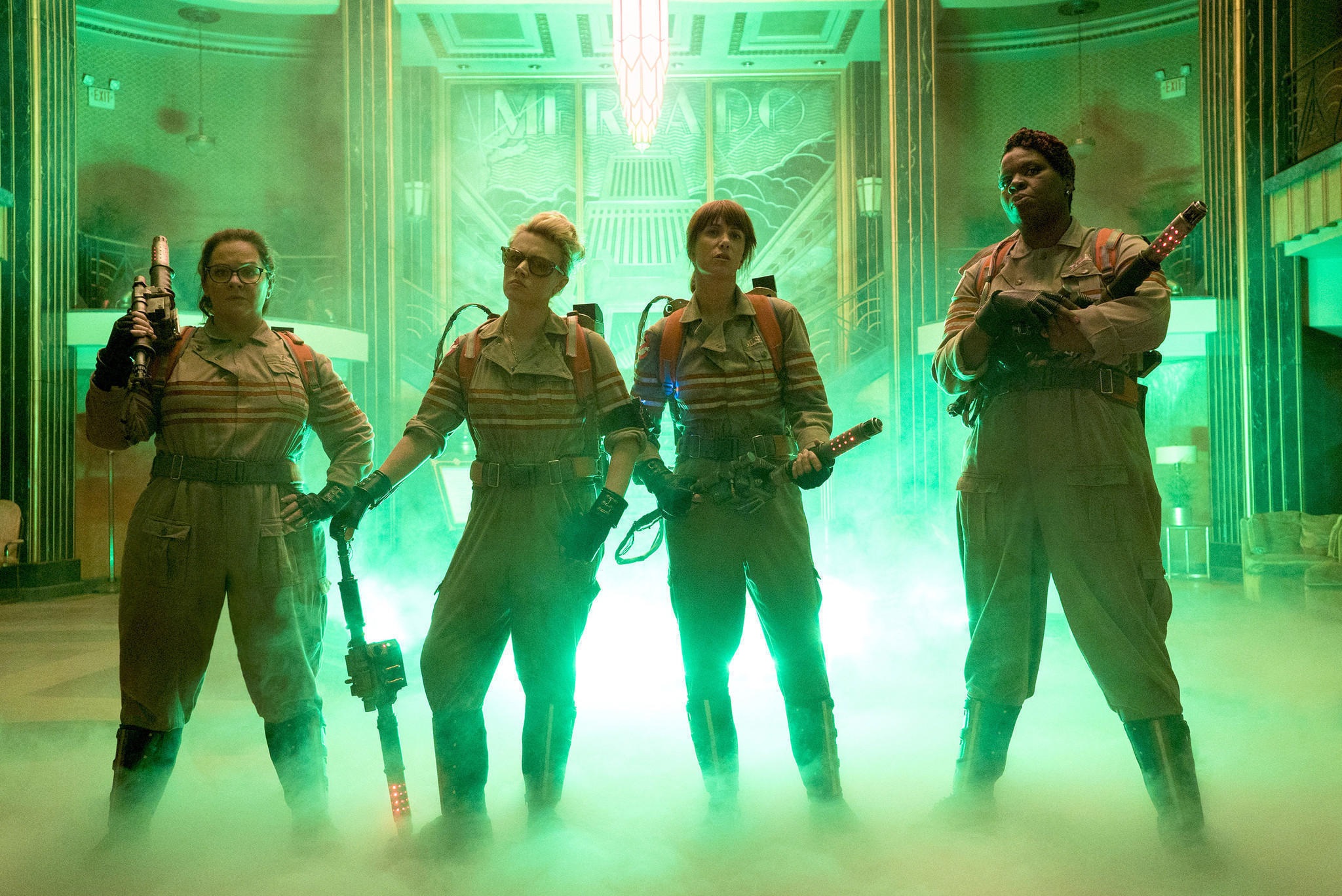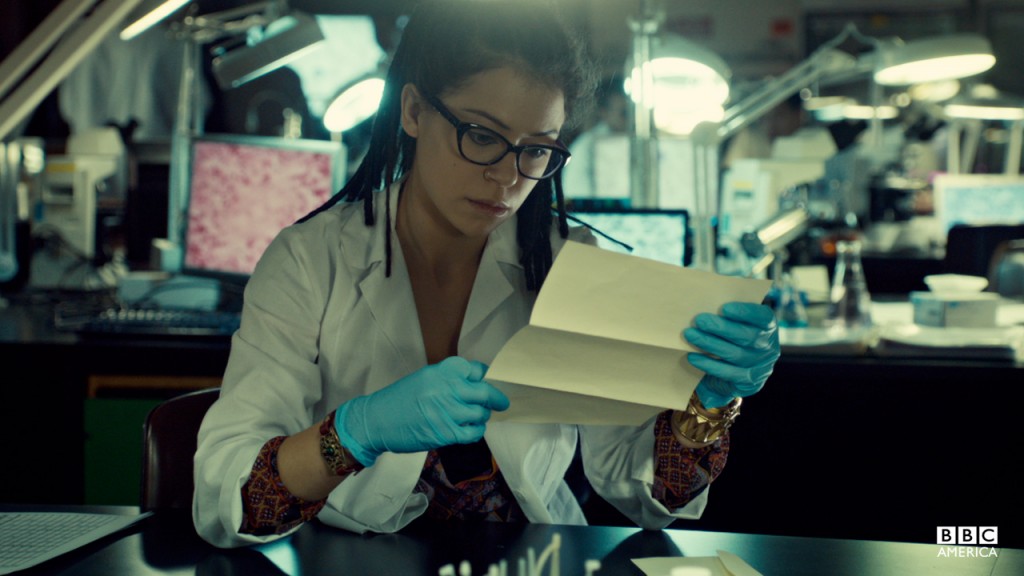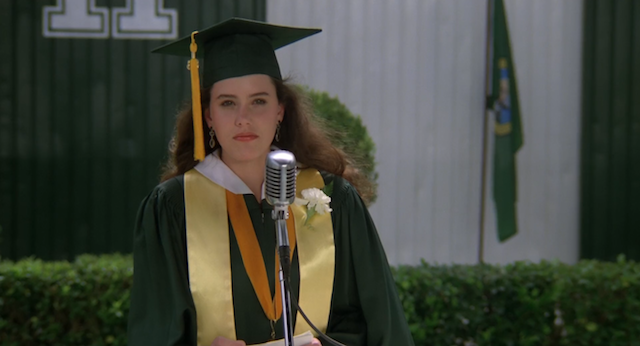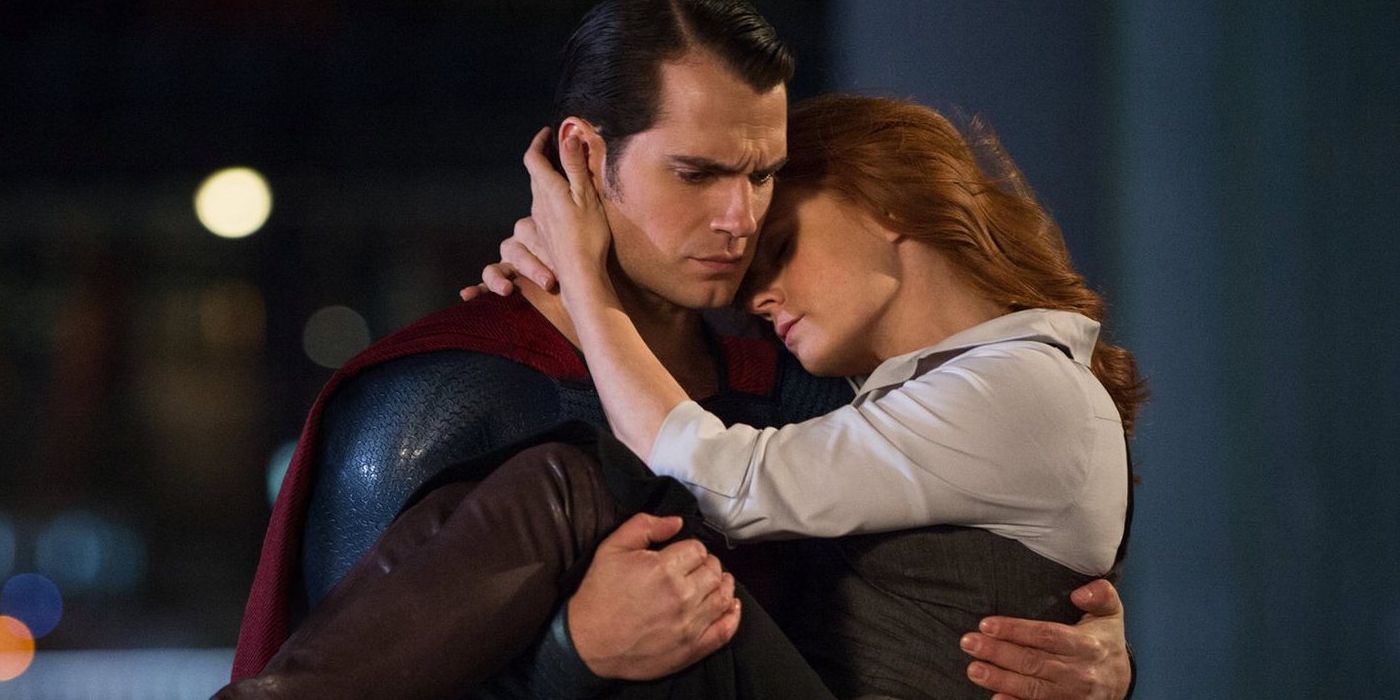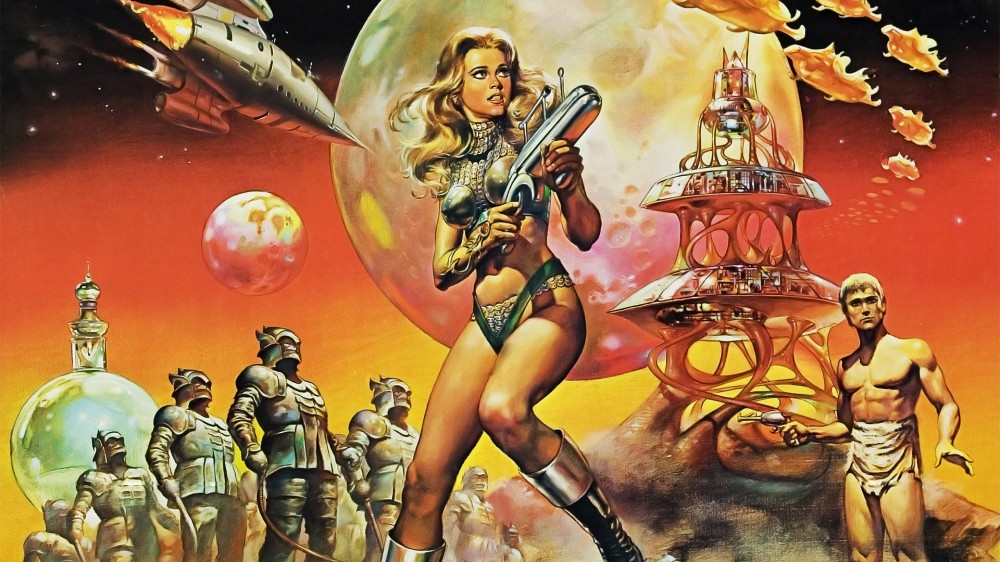Gender, Bisexuality, and ‘Cabaret’: How the Film and Play Deal with LGBTQ Identities
So were bisexual people portrayed positively? Maybe. What we have to consider in the judgment of this question is the context of both the representation of bisexuality in the script, and the way bisexuality was treated at the time the script was adapted to the screen. … After it’s all said and done, Cabaret has aged fairly well in terms of the portrayal of its LGBTQ characters.

